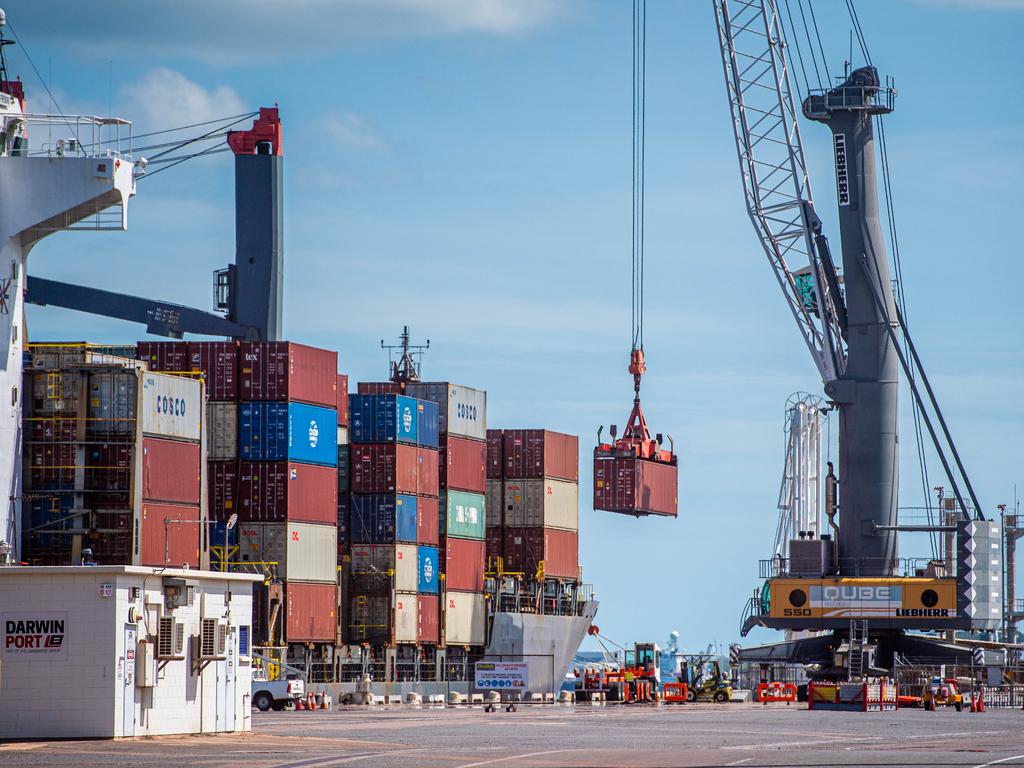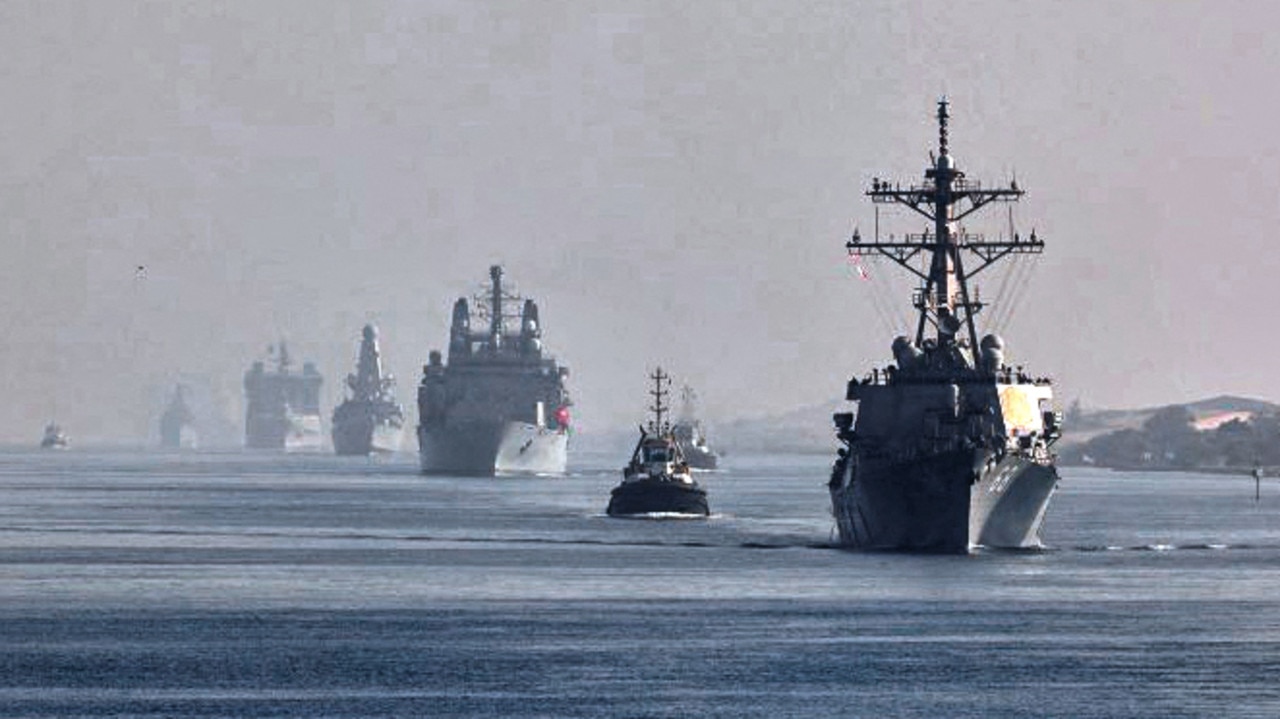Why China has control of Darwin port during trade war with Australia
There’s been a notable change in strategy for countries dealing with China and there are signs that the world has had enough.
When the Turnbull Government leased Darwin’s port to Chinese firm Landbridge for 99 years back in 2015, Australia found itself at a crossroads in terms of its relations with Beijing.
Despite evidence of Landbridge’s links to the Chinese Communist Party and the Chinese military, the lease of the port remained a relatively minor domestic political issue until the pandemic.
On the international stage the response was a stark contrast, with President Obama reportedly furious at the deal and the lack of consultation with the United States.
Now as we enter the 18th month of the pandemic, the sale of extremely important strategic assets like Darwin Port to companies linked to Beijing are at best, political Kryptonite.

The winds of geopolitical change have blown across the Indo-Pacific region since the pandemic began, with tensions between the region’s major powers continuing to escalate as a result.
Where once there was the relatively amicable but at times strained relationship between Canberra and Beijing, there are now threatening messages from Chinese state-run media and ongoing trade actions by Beijing to target Australia’s export industries.
As the great powers of Japan, India, China and the United States draw their respective lines in the sand, the Indo-Pacific once again finds itself at a defining fork in the road. Except this time it appears that relative apathy to Beijing’s actions is no longer an item on the menu.
“Most important peacetime deployment in a generation”
Perhaps one of the most notable expressions of this changed atmosphere in the region is the deployment of the British Navy’s HMS Queen Elizabeth carrier strike group to Asia.
The voyage of the 65,000 ton supercarrier and its escorts marks the most powerful force the British Royal Navy has assembled for a deployment in the region in decades.
Over the course of HMS Queen Elizabeth’s more than 48,000km journey, it will visit 40 different nations and take part in multiple military exercises, as part of its maiden deployment to the South China Sea.
Accompanying HMS Queen Elizabeth’s complement of Royal Navy surface and underwater escort vessels for part of its marathon voyage are a Dutch Navy frigate, a US Navy destroyer and a squadron of American F-35B fighter jets.

In recent days these US Navy fighter aircraft performed combat operations from the flight deck of HMS Queen Elizabeth against Islamic State (ISIS) targets in the Middle East. This marked the first time that US military aircraft have flown combat missions from a British aircraft carrier since World War II.
The importance of the supercarrier’s deployment was not lost on British Navy Strike Group Commander, Commodore Steve Moorhouse, who called the voyage the “most important peacetime deployment in a generation”.
Former British national security adviser, Lord Peter Ricketts called the deployment to the South China Sea a “symbol of working closely with allies” and a piece of “diplomatic theatre”.
Troops rushed to the border
Meanwhile high in the Himalayas, tensions between New Delhi and Beijing continue to heat up, despite multiple attempts at agreements to defuse the at times bloody dispute over contested borders.
According to reports from Bloomberg, India has deployed at least 50,000 additional troops to its border with China. In recent months India has moved soldiers and fighter jet squadrons into three distinct areas along the border.
In total, India now has roughly 200,000 troops focused on the border, which is an increase of more than 40 per cent when compared with troop numbers from last year.
According to sources familiar with developments, the aim of India’s military presence has changed. In the past, the Indian military presence was intended to block Chinese advances. The redeployment will provide Indian commanders with more options to attack and seize territory in China if necessary, in a strategy one source dubbed “offensive defence”.
On the other side of the border China has added more runways, bomb proof bunkers for fighter jets and support buildings for air bases. Beijing is also reportedly relocating more long range artillery, tanks, rocket regiments and fighter aircraft to the area of operation.
As tensions continue to ratchet up, the status quo of the region is already rapidly shifting. Rather than the Indian armed forces placing its attention squarely on its longtime rival Pakistan, the focus is increasingly evolving to include a much greater emphasis on China.
“Complete reunification”
Despite the growing risks of conflict, the rhetoric coming out of Beijing remains as assertive as ever.
In a recent address to celebrate the 100th anniversary of the Chinese Communist Party, President Xi Jinping called “the complete reunification of the motherland” the common aspiration of all Chinese people.
President Xi is referring to Beijing’s long held desire to once again bring Taiwan under the rule of the mainland. Xi went on to add that China would resolutely smash “Taiwan independence plots”.
With uncertainty about the nature of the future of the region likely to remain high for years to come as a result of the pandemic and its after-effects, the winds of change blowing through the region are slowly revealing what the post pandemic world may look like.
As the great powers of the region draw their lines in the sand, no one can truly say that they know how things will evolve from here. But one thing is certain, the next 20 years are going to be very different to the previous 20.
Tarric Brooker is a freelance journalist and social commentator | @AvidCommentator




